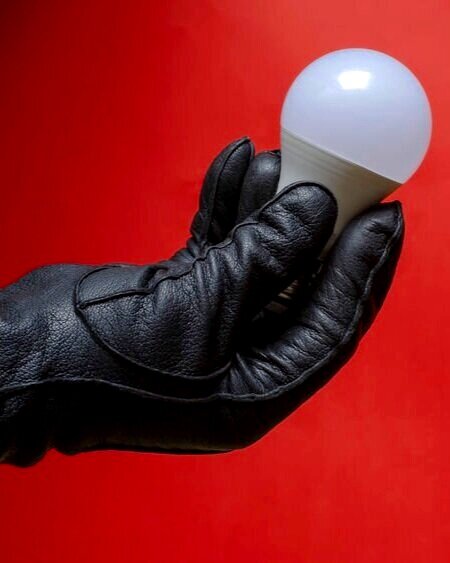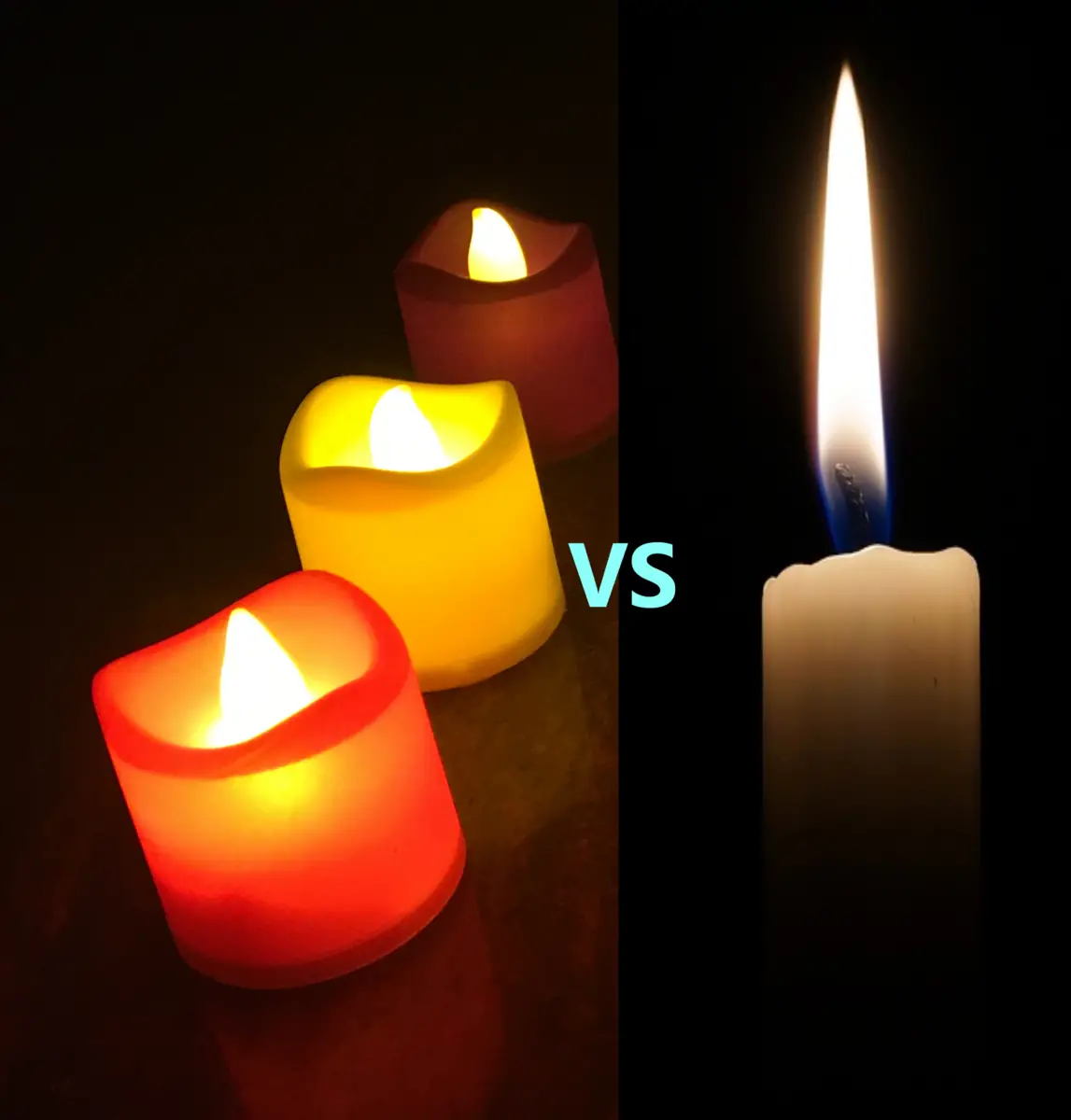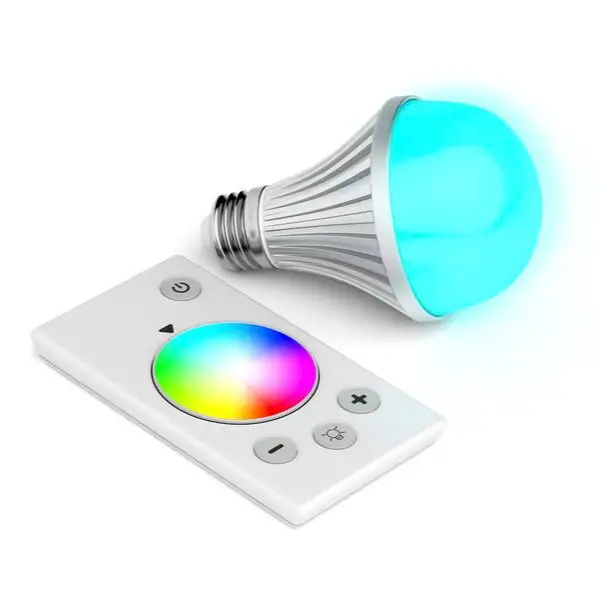Is Upgrading To LED Lights Worth It?
When considering different lighting solutions for your home or other spaces you may be aware that LEDs are some of the most efficient forms of lighting humans have created so far.
That said, there is a lot to be said when it comes to the cost efficiency of upgrading already existing lighting to LED lighting.
Upgrading from traditional lights to LEDs is worth it in most scenarios. It takes less than 400 hours of illumination for LEDs to start saving energy compared to incandescent and halogen bulbs. Despite this, it is wise to let your already existing lights burn out before upgrading them.
From here we will discuss why this is with some calculations regarding upgrading your preexisting lights to LED lights.
How Much Does Upgrading To LEDs Cost?
When calculating how much it costs to upgrade to LED lighting there are two things we need to know. We need to know:
- How many light bulbs does the average home have
- How much a LED light bulb cost
To answer the first point we can review some statistics. Quantifying how many light bulbs the average household has is quite difficult since there are a lot of factors going into it, such as the size of the home, when it was built and how the lighting was planned in the first place.
That said, different sources all over claim different numbers and statistics for how many light bulbs the average home has. The numbers which circulate the most seem to be anywhere between 40 to 80 lights, which is a pretty large range for it to be used as a representation.
A number that is circulating a lot is that the average American home has 67 lights in it which is supposedly a statistic found by the Department of Energy, however, we are unable to find the paper or source from which this claim is taken from.
With all this considered, we will assume for our purposes that the average home has 60 lights installed.
As for the second point, we need to know how much LED bulbs cost. The number of these varies on a few things, such as the shape/construction of the bulb and its strength.
The cost range for LED light bulbs with these factors considered is generally between $2-8. That said, stronger LED bulbs and smart bulbs with more functions will cost you more than this. Click here for a full article on Smart Bulb Cost Analysis.
For the sake of the following calculations, we will set the bulb cost close to the middle of the cost spectrum. We will say that the cost per LED bulb is $5 to make it a fair representation. Feel free to change any of these numbers to fit your situation more accurately.
Putting it all together, this means that upgrading all your lights to LED lights will cost you around $300. Though this can vary depending on if your home has more/fewer lights and the price of the bulbs you are purchasing.
How Much Do LEDs Save Compared To Traditional Bulbs?
Answering how much LEDs save compared to traditional bulbs is difficult to define properly since there are a few factors going into it.
However, the common definition usually only includes active burn time over a set amount of time, which is what we will do here to get our results.
For this, we will set a total burn time of 50 000 hours since that means we will also have to consider that the bulbs will eventually need to be replaced.
For this comparison, we will set the Lumen (lm) to 800lm for all the bulbs. This means that even though they use different amounts of Watts (W) they will still produce the same amount of light.
| Cost Calculation Comparison @800lm | LED | CFL | Halogen | Incandescent |
|---|---|---|---|---|
| Marked maximum Watt | 8W | 14W | 43W | 60W |
| kWh of electricity used over 50,000 hours | 400kWh | 700kWh | 2150kWh | 3000kWh |
| Electricity cost @ 0.25 per kWh | $100 | $176 | $538 | $750 |
| Light bulb projected lifespan | 50000h | 12000h | 4000h | 1000h |
| Cost per bulb | $5 | $3 | $2 | $1 |
| Bulbs needed for 50 000 hours of illumination | 1 | 5 | 13 | 50 |
| Cost of purchasing new bulbs | $5 | $15 | $26 | $50 |
| Number of days a single bulb will last (@12 active hours per day) | 4166 | 1000 | 333 | 83 |
| Total cost for 50 000 hours | $105 | $191 | $564 | $800 |
These numbers tell us how much a single bulb of each type would cost over the course of 50 000 hours. These tell us that the general cost savings of LEDs come out to be the following:
- LEDs cost 87% less to run than incandescent bulbs
- LEDs cost 81% less to run than halogen bulbs
- LEDs cost 45% less to run than fluorescent CFL bulbs.
That said, these percentages will continue to increase the longer you run this experiment and with more bulbs added to the equation. This is because LEDs benefit from a larger scale since they are more energy efficient.
How Long Does It Take For LED Lights To Pay Themselves Off?
To answer when LEDs pay themselves off it depends on a few factors. The main factors this depends on are:
- The cost of electricity
- The cost of the bulbs
- How long the light bulbs last
For these calculations, we will set the cost of electricity to $0.25. As for the cost of the bulbs and how long they last we will use the same values we did for the table above. Click here for a more detailed article on How Long Light Bulbs Last.
Here is a graph detailing the cost of these bulbs over time:
As you can see the cost of these bulbs is rather linear, with the exception of the additional cost of buying new bulbs spread throughout the timeline according to how much they cost.
After calculating the exact time it takes for the LED bulb to start saving you money these are the results:
- LEDs start saving money over incandescent bulbs after around 310 hours of active use.
- LEDs start saving money over halogen bulbs after around 340 hours of active use.
- LEDs start saving money over CFL bulbs after around 1350 hours of active use.
This also effectively means that LEDs pay themselves off after the prescribed amount of hours in comparison to each bulb type.
When Is Upgrading To LEDs Worth It?
Knowing when it’s worth it to upgrade to LEDs can be a bit tricky since you obviously don’t want to throw away bulbs that are working perfectly fine.
With this in mind, the ideal advice for this scenario is to keep your CFL lighting burning until they eventually blow since they are efficient enough to where the instant switch will not benefit you until 1350 hours later. This is the equivalent of 56 consecutive days of use.
Therefore, it is smarter to let your CFL bulbs burn out before changing them to LED bulbs. That way, you aren’t wasting the life of a perfectly capable bulb but also upgrading when it is most appropriate.
As for incandescent and halogen bulbs, it doesn’t really matter when you choose to change them to LEDs. Since their lifespan is not as long as CFLs it could also be wise to wait until they break before changing them out, even though the LED will pay itself off sooner in the case of these bulbs.
That said, when it comes to these bulbs you can change them out whenever in their lifetime, but the sooner you upgrade to LEDs the sooner they will pay themselves off with higher energy efficiency and save you money on electricity.
Summary
Upgrading to LED lights is absolutely worth it. The LED technology is highly efficient in comparison to other traditional lighting and will end up saving you money on electricity the sooner you choose to change to them.
That said, you are better off waiting for your already existing lighting to die out before switching them out. That way, you also don’t have to spend the $300 it takes to change out all your lighting at once.



